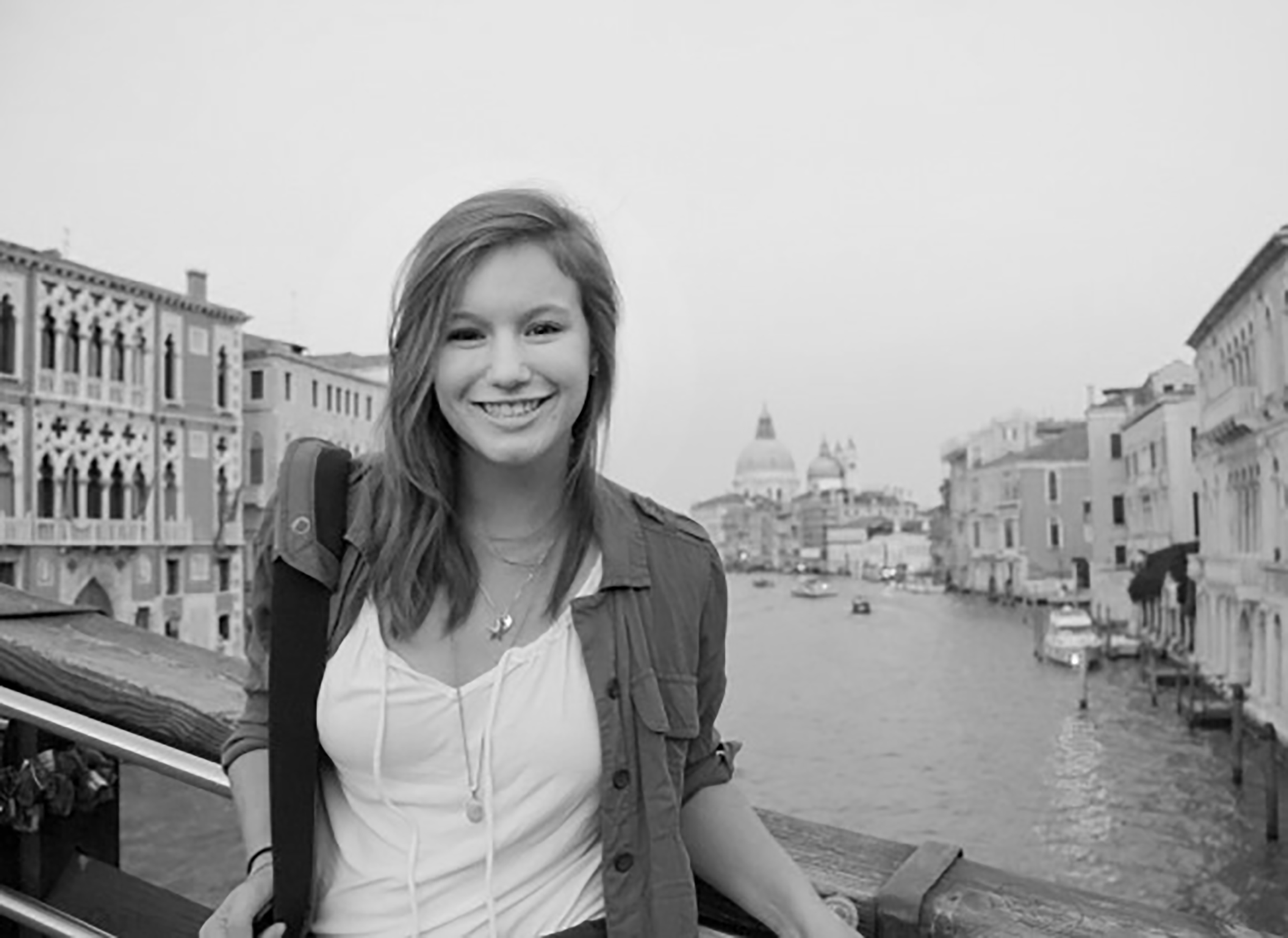I stood in Saint Mark’s Square in the middle of Venice. I had been told of splendor and magic that the square exudes… Yet, as I shuffled along through a mass of humanity, I felt boxed in, thirsty (but not thirsty enough to pay 4 euro for water), and concerned that one of the thousands of pigeons dive-bombing throughout the square would land on my head. Was it impressive? Yes. Historical? Absolutely! But try as I might, I could not find joy in the experience.
A group of seven of us had left our little Umbrian hill town of Perugia to spend a weekend in Venice. Our trek to the floating (or sinking) city was a chaotic, hilarious circus of train delays, conversations with strangers, and botched attempts at Italian. We arrived with packs on our backs and an ambitious desire to see all the city had to offer.
As the lights faded, and the crowds dispersed, the best thing happened: we stopped trying to navigate a complicated web of canals and streets, gave up on locating the restaurants that were raved about on trip advisor, and got lost in Venice. My brain stopped whirring and I was captured by the whistling tune of a gondolier and the shifting reflections in the canal.
That first night in Venice, thumping music drew us off the main path. A large, rag-tag band was playing under the glowing lights, their shadows dancing like giants on the backdrop of ancient buildings. Flutes, guitars, ukuleles, drums, and voices combined into an exotic, indescribable sound. People danced with reckless abandon. We joined them and had the chance to move as awkwardly and wildly as we wanted. I’ll never forget how great it felt to dance without rules in one of the most captivating cities on earth.
The next morning, after the hubbub of Saint Mark’s Square, we needed to rediscover clarity. So, in one fell swoop, we let all plans of museums and main attractions fly out the window. No more expectations and no more checklists. Instead, we hopped a vaporetto (water-bus) and made our way to the islands of Murano and Burano. Murano is famous for its fine glass factories, and I was enchanted by the glossy, graceful pieces that filled each store. Burano was the most colorful city I have ever visited. Each house glowed a different shade of the rainbow. Not one color was left neglected. At one point, I had to laugh as several teens paused to talk on the bridge. With their brightly colored shirts, they looked like a vibrant, walking extension of their city.
 The morning we left Venice, we happened upon a square where Venetian families were enjoying a lazy Sunday morning. Children played tag, using an ancient fountain as “safe.” An older sister hoisted her young brother up to help him pop bubbles that floated by. A line of elderly women quietly watched the action from benches and wheel-chairs. I wondered what they were thinking as they looked on. How was their perspective different from mine? It was in this piazza that I saw a very tangible, real pocket of Venice. I was reminded that a diminishing population, but a population nonetheless, calls this sinking city their home. Sharing a small slice of their morning taught me more about Venice than the thick contents of any guidebook.
The morning we left Venice, we happened upon a square where Venetian families were enjoying a lazy Sunday morning. Children played tag, using an ancient fountain as “safe.” An older sister hoisted her young brother up to help him pop bubbles that floated by. A line of elderly women quietly watched the action from benches and wheel-chairs. I wondered what they were thinking as they looked on. How was their perspective different from mine? It was in this piazza that I saw a very tangible, real pocket of Venice. I was reminded that a diminishing population, but a population nonetheless, calls this sinking city their home. Sharing a small slice of their morning taught me more about Venice than the thick contents of any guidebook.
As I prepared to spend a semester in Italy, I poured through guidebooks flagging impressive attractions. While these books are fantastic resources, I’ve quickly discovered that the most genuine moments I’ve experienced in Italy could not be explained in a guide book. They don’t come from trucking dutifully from one touristy “must see” attraction to the next. They come from simply taking the time to see, to listen, to smell, to hear, and to get beautifully lost.
The journey is not always about the grand church with the audio guide methodically dictating information – sometimes it’s about the small child squealing as he pursues a clumsy pigeon on the church steps or the elderly couple who wanders by with their hands intertwined and their heads bent together.
